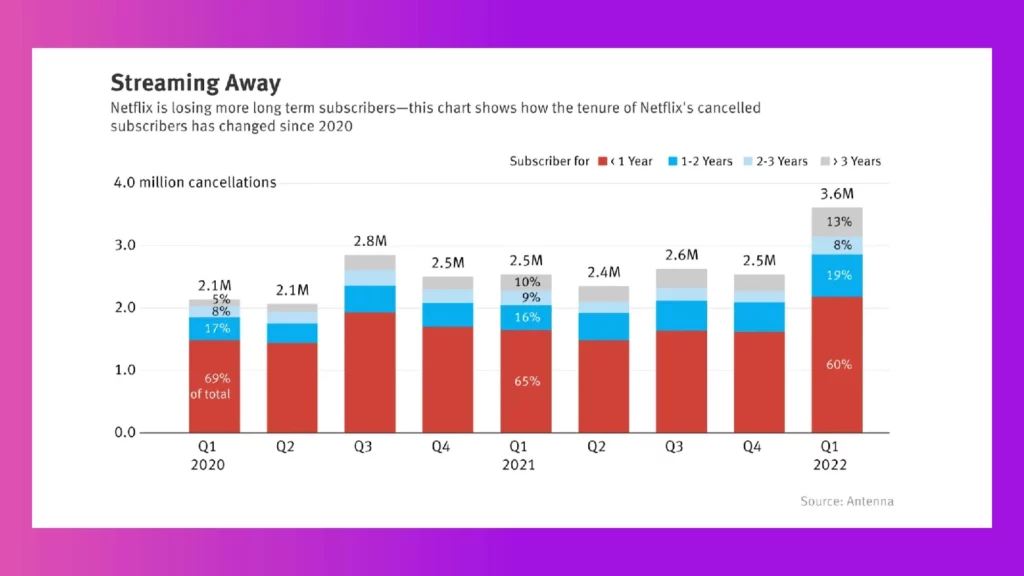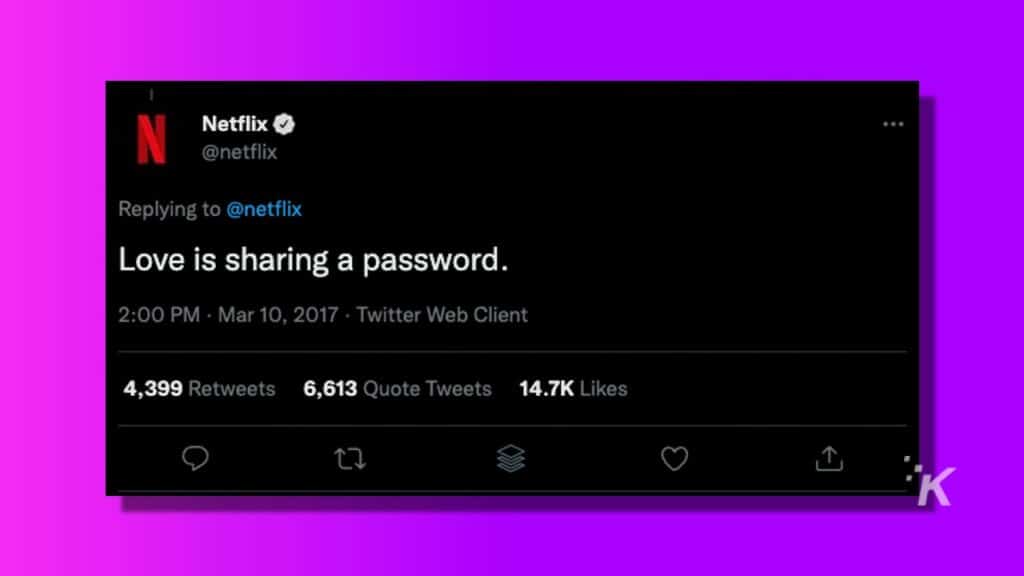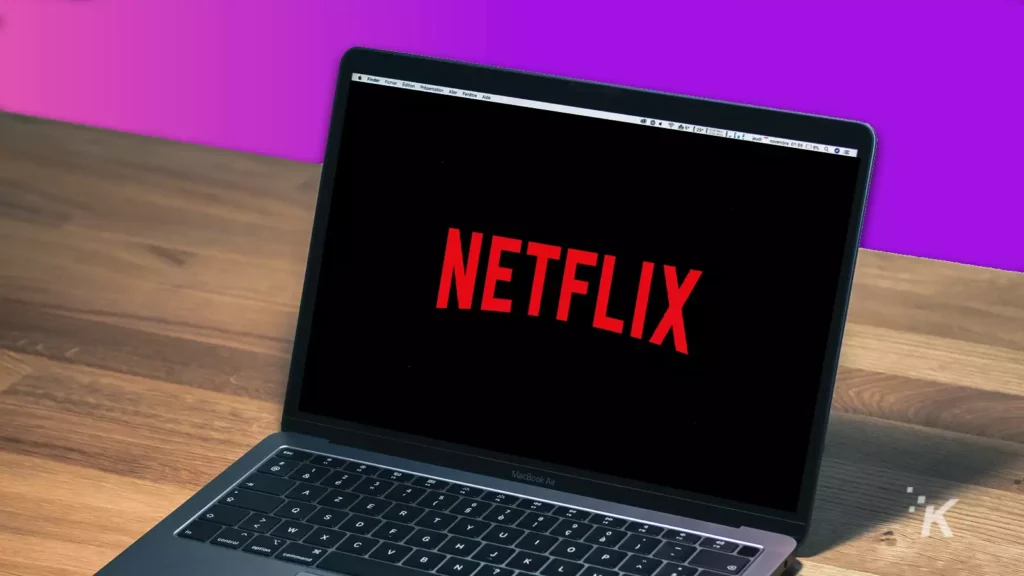Ads
Netflix confirms plans to launch an ad-supported tier
Ads are anathema to many Netflix users. If Netflix wants to avoid a mass subscriber revolt, it’ll have to approach it carefully.

Just a heads up, if you buy something through our links, we may get a small share of the sale. It’s one of the ways we keep the lights on here. Click here for more.
For its over 222M subscribers, Netflix represents one of the few remaining safe havens from advertising. It’s the land where the Kars4Kids choir dares not tread.
Viewers are safe in the knowledge that when they sit down to watch the latest platform-exclusive thriller, the GEICO gecko won’t show during the moment of peak suspense.
At least, for now. Ted Sandaros, Co-CEO of Netflix, has confirmed the company will introduce a new ad-based tier.
READ MORE: Netflix just added immersive spatial audio to all devices
Sandaros remained coy when asked for concrete details about the ad-supported plan. We don’t know, for example, when it’ll launch, and in what markets. Pricing remains a mystery, as does the frequency it’ll show ads, and how long they’ll be.
The Netflix exec did confirm the ad-supported tier won’t be free. Subscribers will still have to pay a monthly fee, albeit at a discount to their ad-supported plans. Sandaros also confirmed Netflix is in talks with ad partners, although didn’t name names.
A Bad Year for Netflix

For keen watchers of Netflix (no pun intended), this move felt inevitable. Rather than adding 2.5M subscribers in the first quarter of 2022, as was previously forecast, the company actually lost 200,000 users.
READ MORE: Here’s how much Netflix’s ad-supported tier will cost
This slump looks set to continue throughout the rest of the year, with Netflix expecting a further decline of 2M users in Q2 2022.
READ MORE: Netflix reveals its ad-supported plan is coming early 2023
In fairness to Netflix, this situation is partially due to events beyond its control. As with many other tech companies, Netflix suspended its Russian operations in response to the Ukraine war.
This decision — while morally right — came at a steep cost for the company. It lost 700,000 subscribers almost overnight.
Netflix has also raised the cost of its monthly subscriptions, which undoubtedly contributed to its troubling subscriber de-growth. It continues — albeit with limited success — to limit the practice of password sharing, although the practice remains stubbornly prevalent among its users.

And finally, Netflix now faces steep competition, not just from its arch-rivals Hulu and Amazon, but also from Apple, Paramount, CBS, Disney, and Britbox, to name just a few.
READ MORE: Netflix’s ad-supported tier reportedly removes downloads
Netflix earned its market-leader status with an aggressive global launch strategy, an emphasis on exclusive content, and partnerships with legacy media studios. But that dominance looks increasingly tenuous.
Could an Ad-Supported Model work for Netflix?
Netflix is fifteen years old. Despite its ongoing troubles, it remains a hugely successful company. But it’s worth remembering why.
Netflix’s stratospheric rise came at the expense of legacy paid TV operators, which continue to hemorrhage both subscribers and viewers.
A recent Pew survey illustrates this trend. In the years between 2015 and 2021, the number of households with paid cable or satellite TV subscriptions dropped by almost a third.

The vast majority of cord-cutters — 71 percent — said they could just as easily access the content they want online, without the need to sign up for a costly, long-term subscription.
I’d posit that Netflix’s success wouldn’t have been quite as impressive if it had relied on ads. TV and film are inherently immersive storytelling mediums. Maintaining that immersion becomes infinitely harder when you introduce ad breaks into the equation.
And American consumers suffer through a lot of ads. According to Statista, within every hour of primetime TV, viewers can expect to see 17.5 minutes of ads on average.
For obvious reasons, ads are anathema to many Netflix users. If Netflix wants to avoid a mass subscriber revolt, it’ll have to approach it carefully.
Have any thoughts on this? Let us know down below in the comments or carry the discussion over to our Twitter or Facebook.
Editors’ Recommendations:
- Netflix is reportedly making a push to acquire Roku
- How to use the double thumbs up feature on Netflix
- Netflix plans to offer up to 50 games by the end of the year
- Netflix says 100 million accounts share passwords, but not for long































